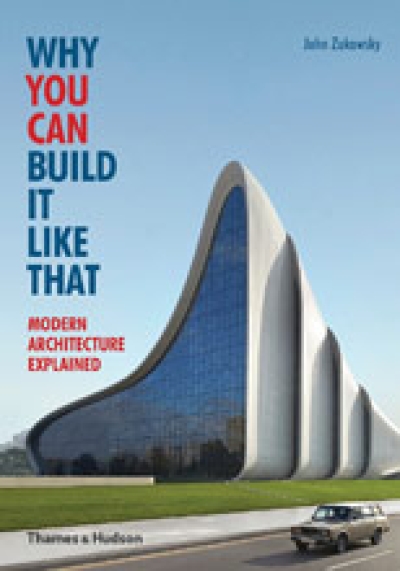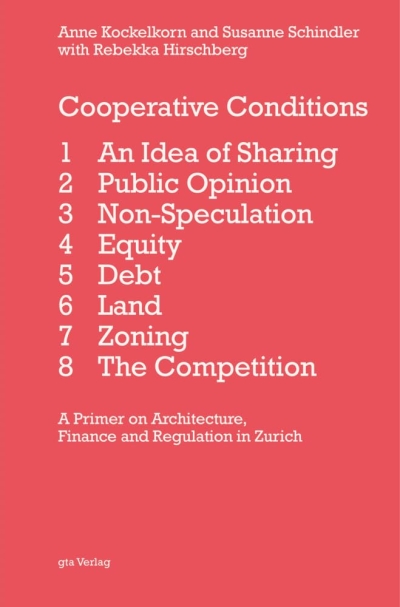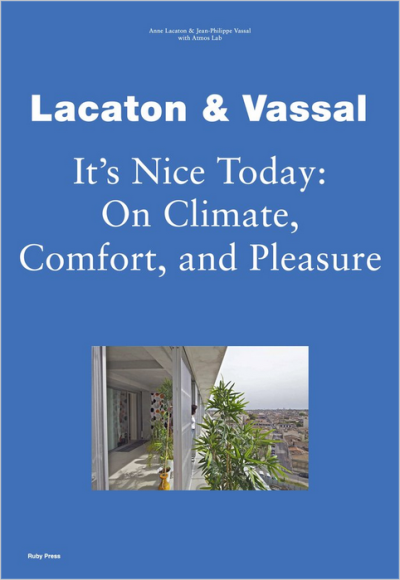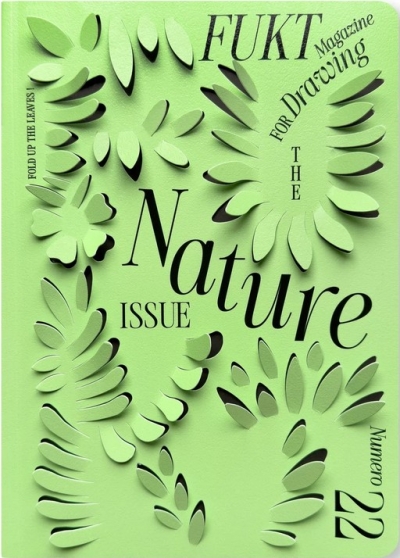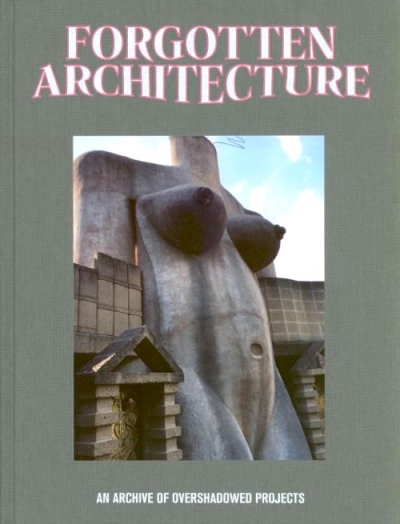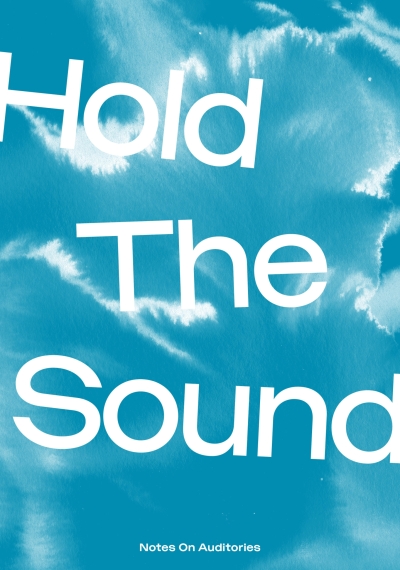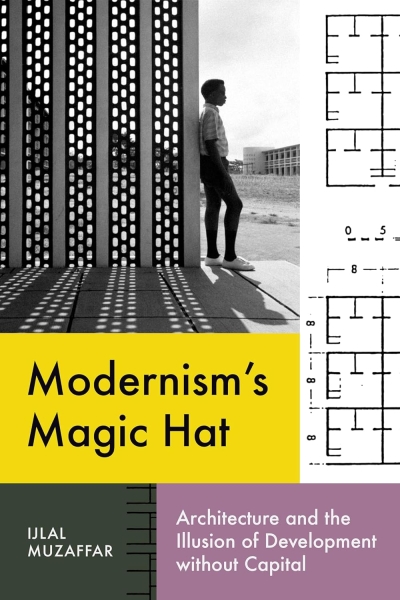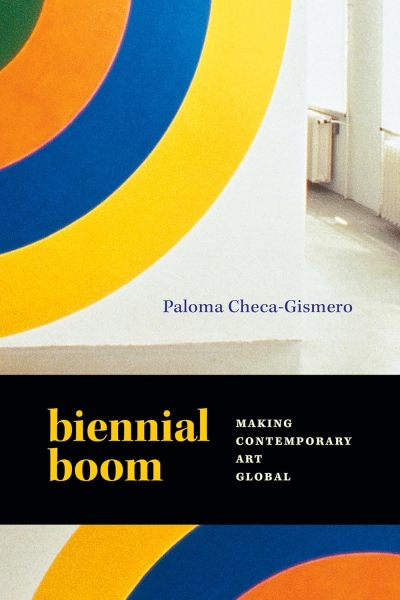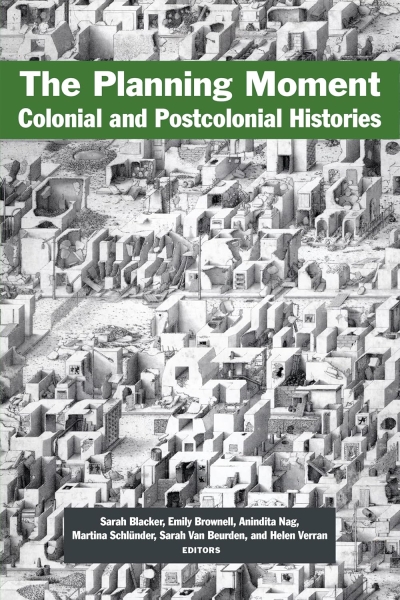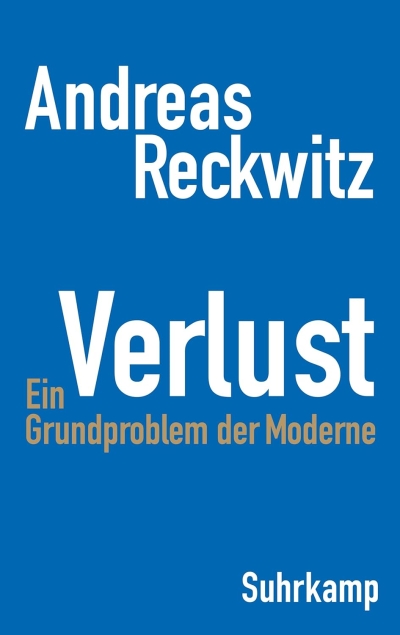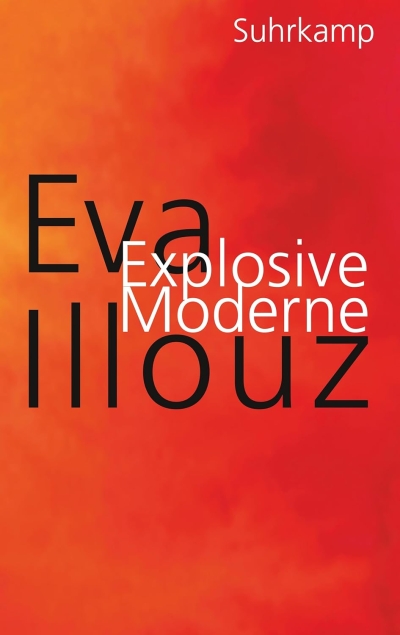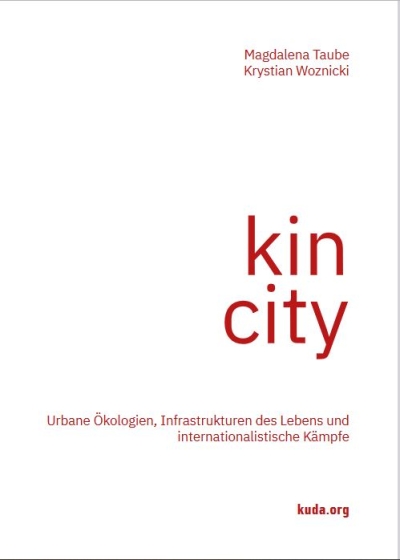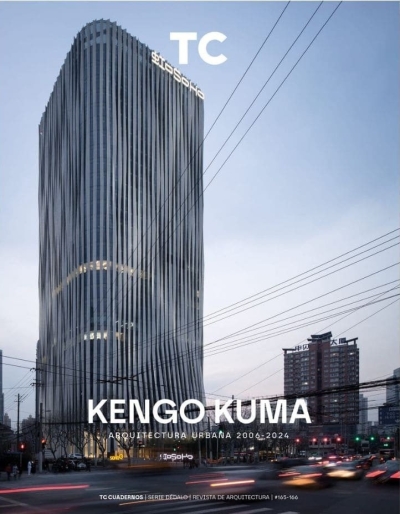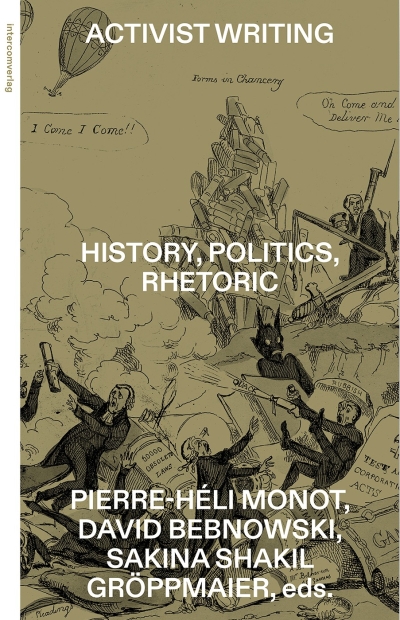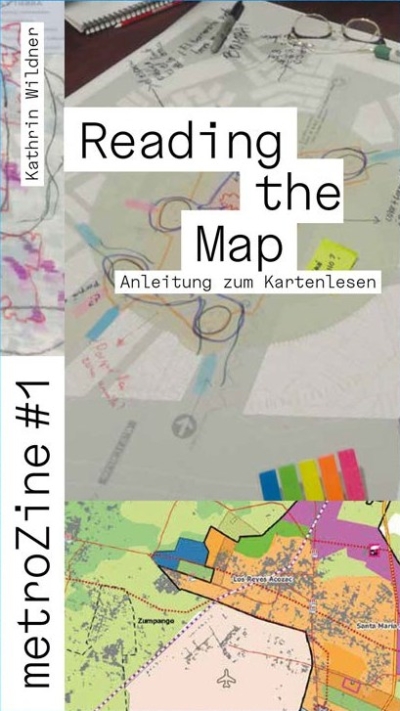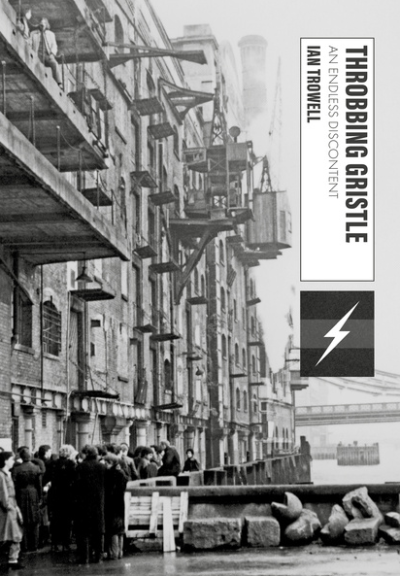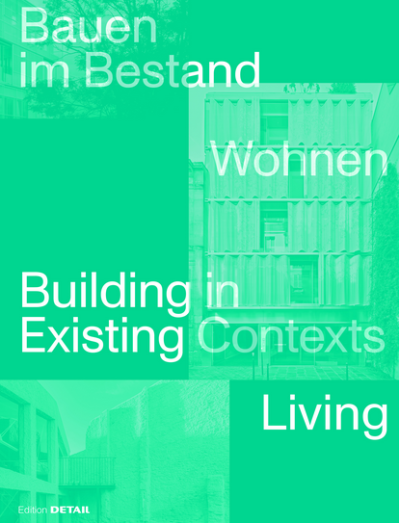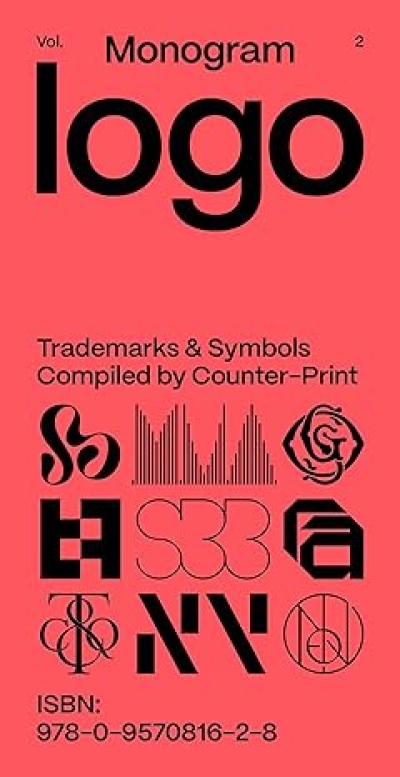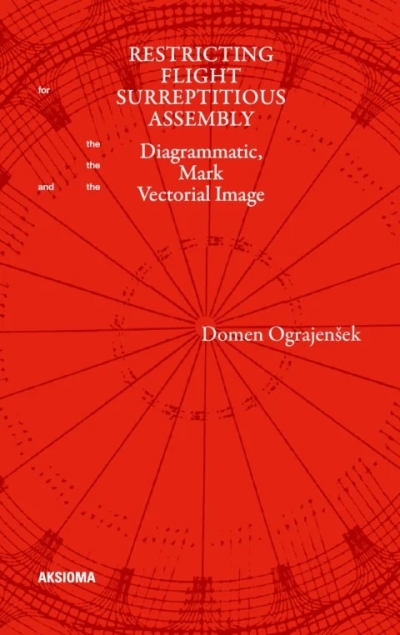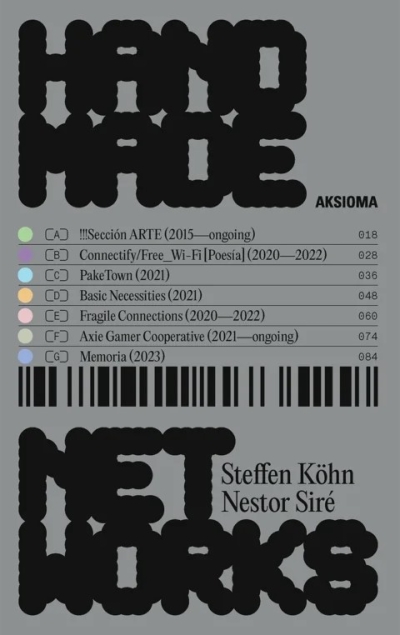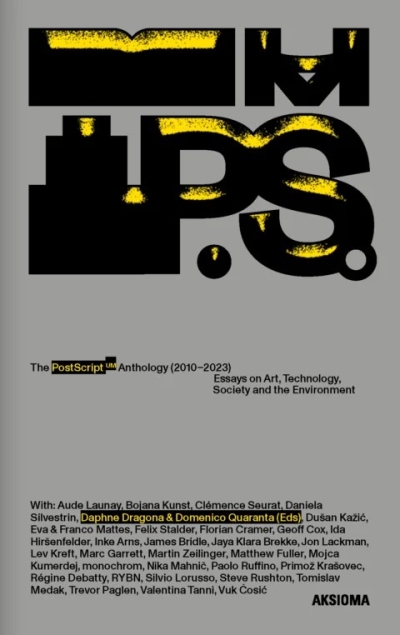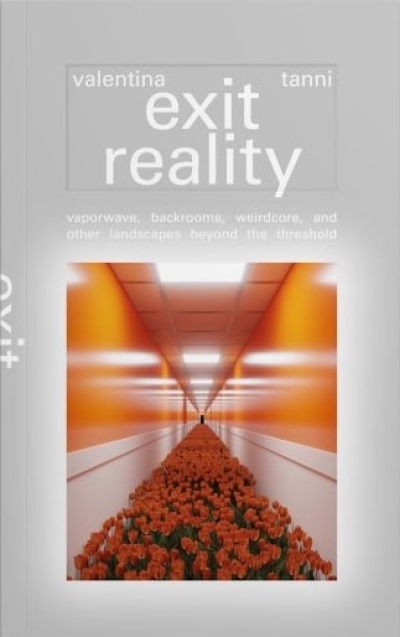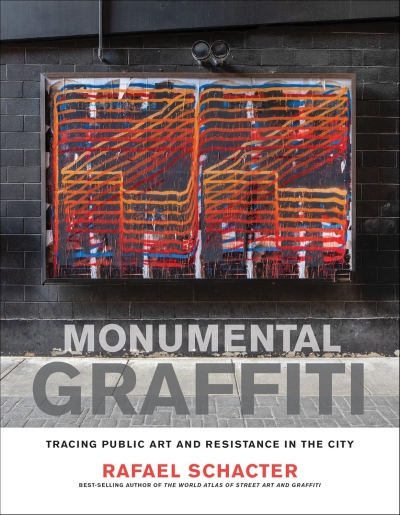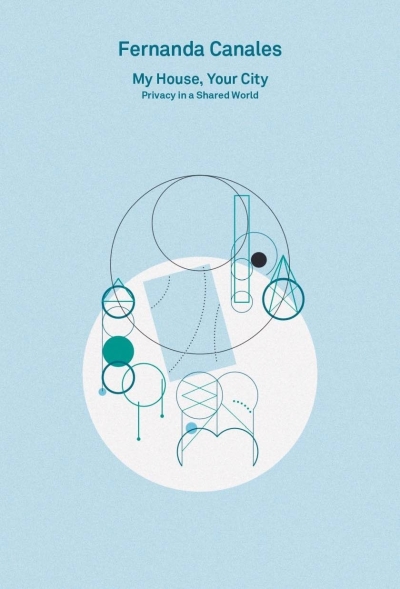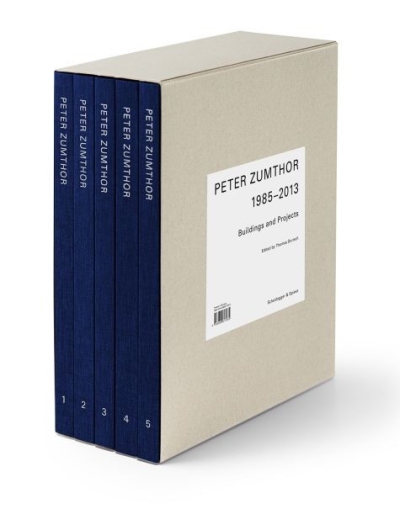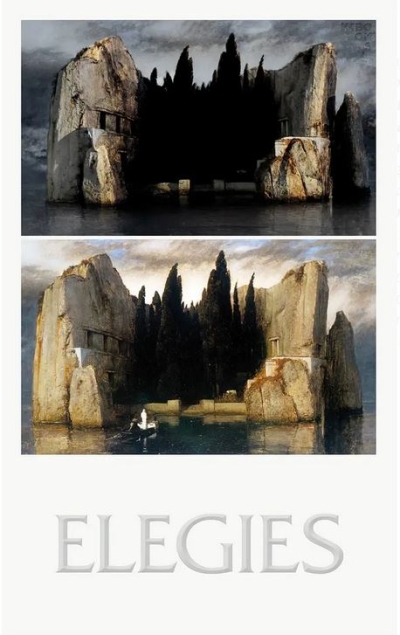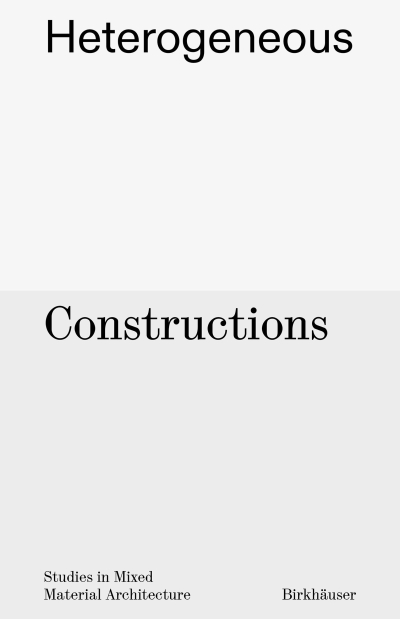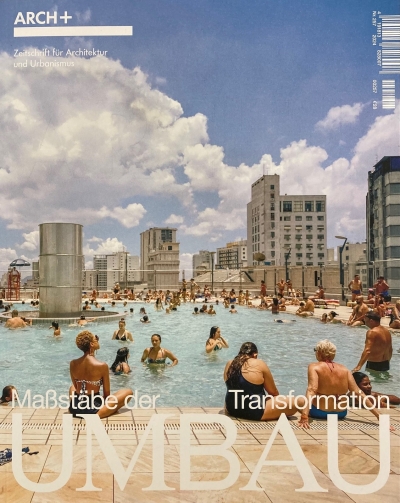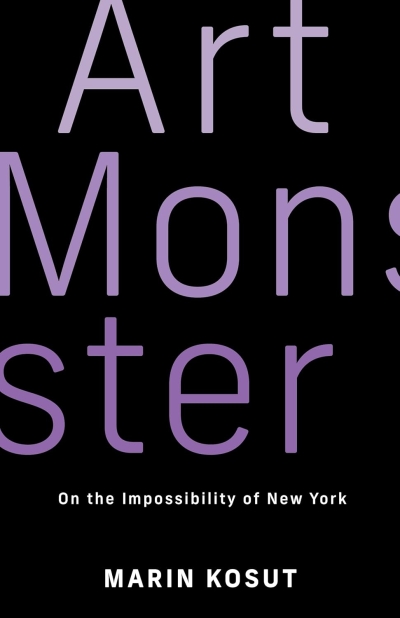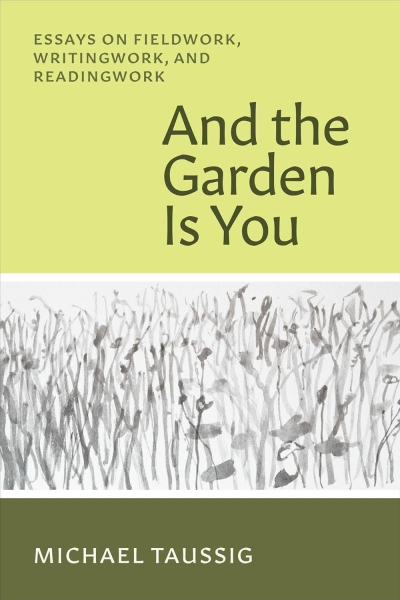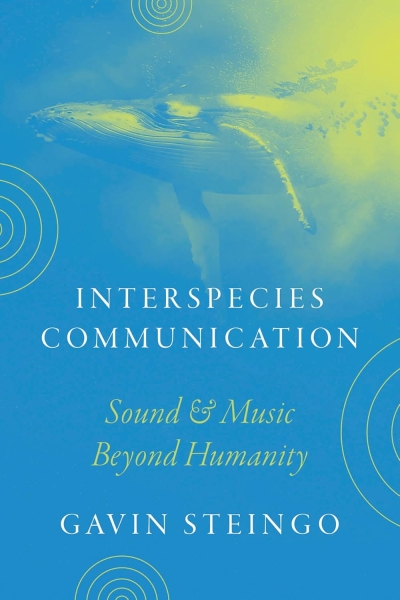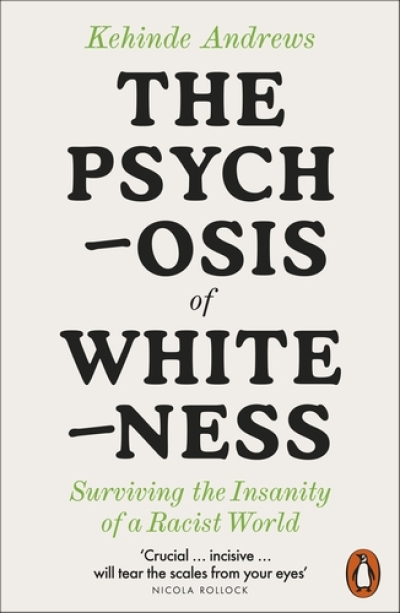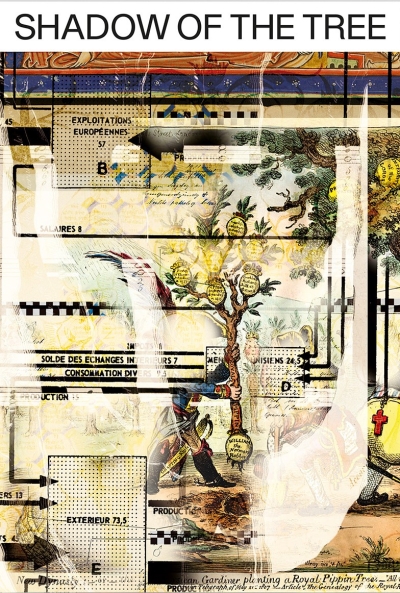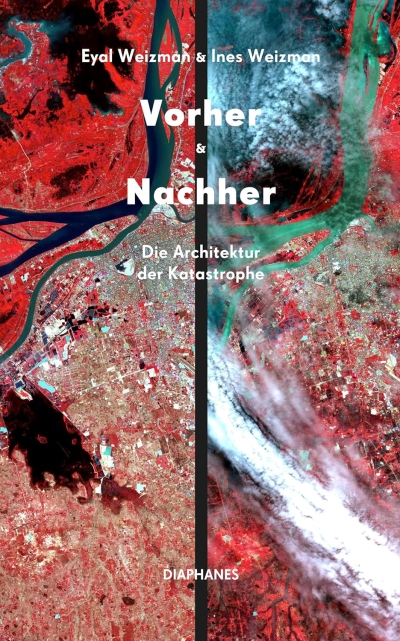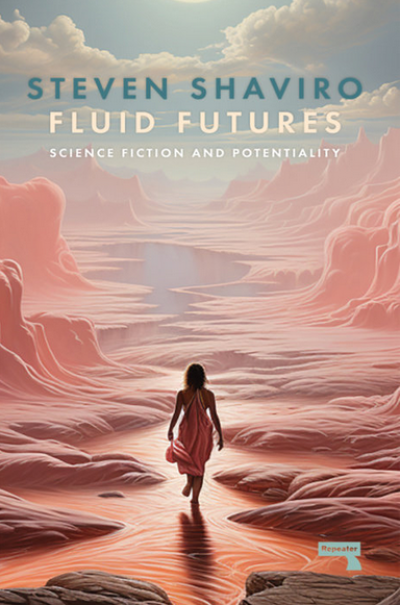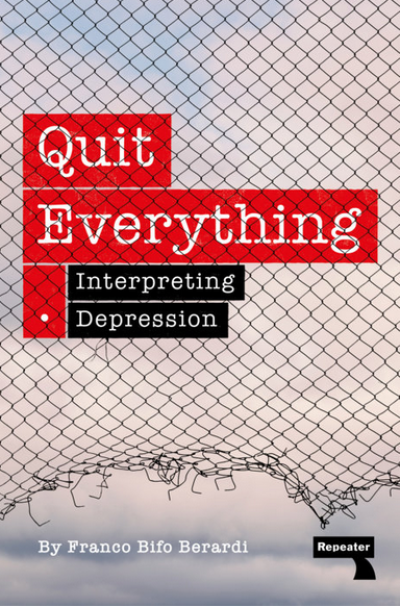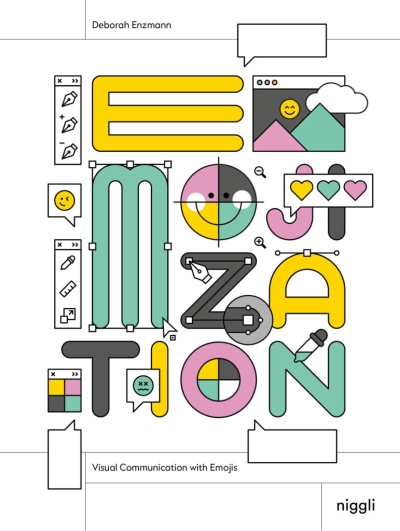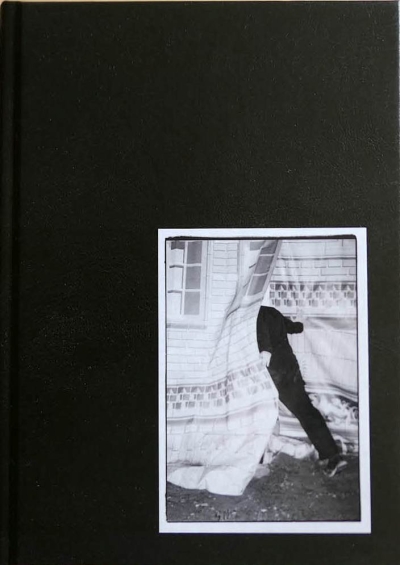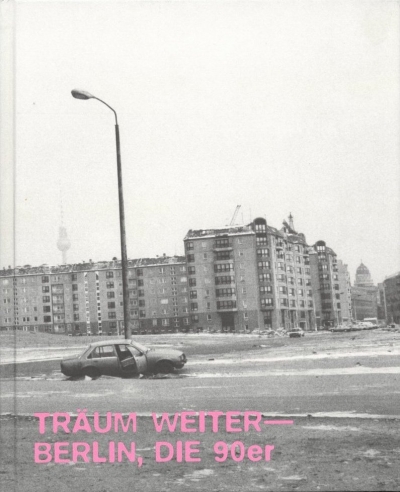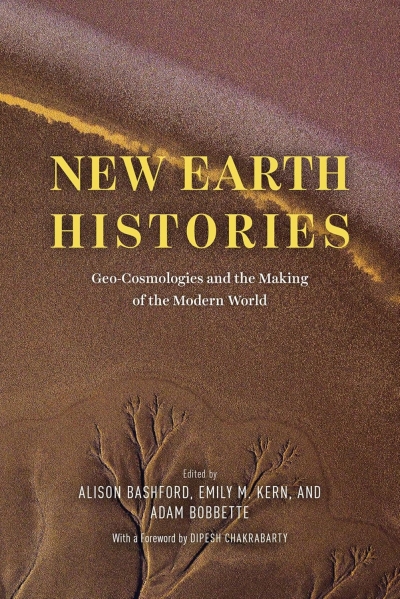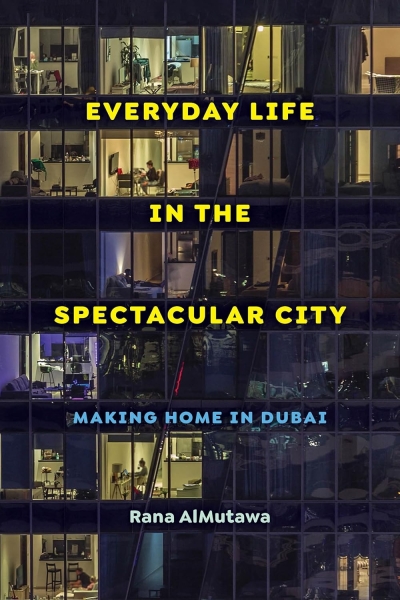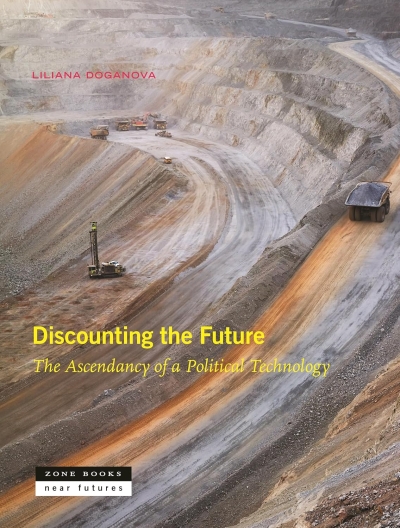Christina Landbrecht
Künstlerische Forschung. Potenziale, Probleme, Perspektiven
bell hooks
Kritisch denken lernen. Erkenntnisse aus der Praxis
Raafat Majzoub (ed.)
Beyond Ruins. Reimagining Modernism
Holm-Uwe Burgemann (Hg.)
Neue Erschöpfungsgeschichten
Anne Kockelkorn, Susanne Schindler,…
Cooperative Conditions. A Primer on Architecture, Finance…
Anne Lacaton, Jean-Philippe Vassal
Lacaton & Vassal. It's Nice Today: On Climate,…
Bjørn Hegardt (Ed.)
FUKT #22 – The Nature Issue
Guido Neubeck, Professur für Entwerfen…
Schulbaukörper
gerade nicht auf Lager
Bianca Felcori (Ed.)
Forgotten Architecture. An Archive of Overshadowed Projects
gerade nicht auf Lager
Marouane Bakhti
How to Leave the World
gerade nicht auf Lager
Jan Steinbach, Justine Stella Knuchel (…
Hold The Sound. Notes On Auditories
gerade nicht auf Lager
Ijlal Muzaffar
Modernism's Magic Hat - Architecture and the Illusion…
Paloma Checa-Gismero
Biennial Boom. Making Contemporary Art Global
Sarah Blacker, Emily Brownell, Anindita…
The Planning Moment. Colonial and Postcolonial Histories
Andreas Reckwitz
Verlust. Ein Grundproblem der Moderne
Eva Illouz
Explosive Moderne
Magdalena Taube, Krystian Woznicki
kin city. Urbane Ökologien, Infrastrukturen des Lebens und…
Guillermo Rubio Boronat, Javier Villar…
Kengo Kuma. Arquitectura Urbana 2006--2024. TC Cuadernos…
Pierre-Héli Monot, David Bebnowski,…
Activist Writing. History, Politics, Rhetoric (Mono 02)
Annie Bourneuf
Im Rücken des Engels der Geschichte
Kathrin Wildner, metroZones
metroZine #1. Reading the Map. Anleitung zum Kartenlesen
Christian Hanussek, metroZones
metroZine #2. Die Tapete als Parergon – und Methode
Anne Huffschmid, metroZones
metroZine #3. Das Atmen der Bilder. Schwarze Löcher und…
gerade nicht auf Lager
Ian Trowell
Throbbing Gristle. An Endless Discontent
gerade nicht auf Lager
Sandra Hofmeister
Bauen im Bestand. Wohnen / Building in Existing Contexts.…
Jon Dowling
Monogram Logo. Trademarks & Symbols
Domen Ograjensek
Restricting Flight Surreptitious Assembly. The Diagrammatic…
Steffen Köhn, Nestor Siré
Handmade Networks
Daphne Dragona, Domenico Quaranta (eds.)
The Postscriptum Anthology (2010 - 2023). Essays on Art,…
Valentina Tanni
Exit Reality. Vaporwave, Backrooms, Weirdcore, and Other…
Rafael Schacter
Monumental Graffiti. Tracing Public Art and Resistance in…
Fernanda Canales
My House, Your City. Privacy in a Shared World
gerade nicht auf Lager
Thomas Durisch
Peter Zumthor 1985-2013. Bauten und Projekte
gerade nicht auf Lager
VOLUPTAS ETHZ, Chair Charbonnet/Heiz (…
Elegies. Laments for an architectural project
Robert Jan van Pelt
The Barrack. 1572-1914. Chapters in the History of…
gerade nicht auf Lager
Aaron Forrest, Yasmin Vobis, Brett…
Heterogeneous Constructions. Studies in Mixed Material…
Arch+ Zeitschrift für Architektur und…
Arch+ 257. Umbau. Maßstäbe der Transformation
gerade nicht auf Lager
Marin Kosut
Art Monster. On the Possibility of New York
gerade nicht auf Lager
Michael Taussig
And the Garden is You. Essays on Fieldwork, Writingwork,…
gerade nicht auf Lager
Gavin Steingo
Interspecies Communication. Sound and Music beyond Humanity
gerade nicht auf Lager
Kehinde Andrews
The Psychosis of Whiteness. Surviving the Insanity of a…
gerade nicht auf Lager
Cache
Shadow of the Tree. Cache 03
Robert Leucht
Der Ingenieur. Grammatik eines Hoffnungsträgers
Eyal Weizman, Ines Weizman
Vorher & Nachher. Die Architektur der Katastrophe
Stefan Wolski
Die Berliner Reklame Gesellschaft.
gerade nicht auf Lager
Steven Shaviro
Fluid Futures. Science Fiction and Potentiality
gerade nicht auf Lager
Franco Berardi
Quit Everything. Interpreting Depression
Deborah Enzmann
Emojization. Visual Communication with Emojis
Adam Kraft
Key Notes on the Unruly City. Social, Material, and Spatial…
Boaz Levin, C/O Berlin Foundation,…
Träum Weiter - Berlin, die 90er
gerade nicht auf Lager
Alison Bashford, Emily M. Kern, Adam…
New Earth Histories. Geo-Cosmologies and the Making of the…
gerade nicht auf Lager
Timothy Morton
Hell. In Search of a Christian Ecology
gerade nicht auf Lager
Rana AlMutawa
Everyday Life in the Spectacular City. Making Home in Dubai
gerade nicht auf Lager
Liliana Doganova
Discounting the Future: The Ascendancy of a Political…
Richard E. Ocejo
Sixty Miles Upriver. Gentrification and Race in a Small…
Angus Carlyle, Cathy Lane
On Listening
Jacobin
Jacobin #17. Künstliche Intelligenz
Tom Holert (Hg.)
Pierre Bourdieu. Fragen zur Kunst für und mit Studierenden…
Lauren Wager, Sophia Naureen Ahmad
Fashion Palettes. Color Inspiration, Meaning & Mood
gerade nicht auf Lager
Stavros Stavrides
The Politics of Urban Potentiality. Spatial Patterns of…
gerade nicht auf Lager
Ilya Zdanevich
Ilya Zdanevich - Iliazd. Berlin Khaltura 1922
gerade nicht auf Lager
Dominique Gauzin-Müller, Anna Heringer
Anna Heringer. Form Follows Love. Intuitiv bauen - von…
Dennis Brzek, Junia Thiede
In Medias Res #1: Histories Read Across
Dennis Brzek, Junia Thiede, Julian…
In Medias Res #2: Architecture in Motion
Dennis Brzek, Junia Thiede
In Medias Res #3: Postproductions
Angela McRobbie (Ed.)
Ulrike Ottinger. Film, Art and the Ethnographic Imagination
gerade nicht auf Lager
Ulysses Voelker, Michael Schmitz
Was Kommunikationsdesign kann. Prinzipien, Inspirationen,…
Ultra Studio
Landscape Goes Domestic. Ultra Studio
e-flux
e-flux Index #2
gerade nicht auf Lager
Matteo Pasquinelli
Das Auge des Meisters. Eine Sozialgeschichte Künstlicher…
Kathryn Yusoff
Geologic Life. Inhuman Intimacies and the Geophysics of Race
Nuraini Juliastuti
Commons Museums. Pedagogies for Taking Ownership of What is…
Adam Greenfield
Lifehouse. Taking Care of Ourselves in a World on Fire
gerade nicht auf Lager
Moises Puente (Ed.)
Classroom, a teenage view
Ulrich Bröckling, Susanne Krasmann und…
Glossar der Gegenwart 2.0
gerade nicht auf Lager
Jean-Baptiste Fressoz
Happy Apocalypse. A History of Technological Risk
gerade nicht auf Lager
Tim Anstey
Things That Move. A Hinterland in Architectural History
Christophe Van Gerrewey
Something Completely Different. Architecture in Belgium
Alma d'Aigle
Ein Garten
Jens Balzer
After Woke
gerade nicht auf Lager
Gustav Magnusson
Keynote Conversations. 100 Interviews for Reinventing the…
gerade nicht auf Lager
DEMOGO studio di architettura
DEMOGO. Architecture and projects in complex contexts.
gerade nicht auf Lager
Susan Buck-Morss, Kevin McCaughey, Adam…
Seeing <—> Making. Room for Thought
Maurice Nio
The Suspense of Architecture. The Necessity to Shine
gerade nicht auf Lager
Labor für die alltägliche Stadt,…
TOUCH.01 Tactics of Urban Change.01 | Kollaboratives Wohnen
gerade nicht auf Lager
Reinhold Martin, Claire Zimmerman (eds…
Architecture against Democracy. Histories of the…
gerade nicht auf Lager
Anna Lowenhaupt Tsing, Jennifer Deger…
Field Guide to the Patchy Anthropocene. The New Nature
Marouane Ben Belfort, WIP Office
Nuykuln. Berlin's quarter and its Arab and Turkish…
gerade nicht auf Lager
Laurenz Berger, Barbara Weber
Zukunft Bestand. Ökosoziale Transformation von…
Nitin Bathla (Ed.)
Researching Otherwise. Pluriversal Methodologies for…
Carolin Genz, Olaf Schnur, Jürgen Aring…
WohnWissen. 100 Begriffe des Wohnens
gerade nicht auf Lager
Richard Evans
Listening to the Music the Machines Make. Inventing…
Anna Beckers, Gunther Teubner
Digitale Aktanten, Hybride, Schwärme. Drei Haftungsregime…
gerade nicht auf Lager
Justine Blau
Justine Blau. Veil of Nature
Eduarda Neves
Minor Bestiary. Time and Labyrinth in Contemporary Art
gerade nicht auf Lager
Kirsten Angermann, Hans-Rudolf Meier,…
Denkmal Postmoderne. Bestände einer (un)geliebten Epoche
gerade nicht auf Lager
dérive
dérive N° 96, Antimodern, antidemokratisch, revisionistisch…
Arch+ Zeitschrift für Architektur und…
Arch+ 256. Umbau. Ansätze der Transformation
